New figures show Aldi is now in negative growth, and variety discounters that once were riding high are also going backwards
Rewind to July 2023 and they looked unstoppable, having each grown sales more than 20% in a year.
Lidl and Aldi then had a combined share of 18.1%, having gained nearly two percentage points, amid talk of when – not if – 20% would come.
Fast-forward to the latest update from NIQ this week and the pattern looks different, with Aldi in negative growth for a second successive month (see table), and its share at 10.5% in the 12 weeks to 13 July, down from 10.9% a year earlier. Lidl’s is at 7.5%, up from 7.2%.
So their combined share is actually lower, at 18%.
The variety discounters are also losing momentum: B&M UK last week reported a 3.5% decline in like-for-like sales in its first quarter to 29 June. And earlier in July, Poundland reported a 6.9% decline in like-for-likes in the three months to 30 June.
So is the picture as bad as it looks? With the easing of the cost of living crisis, has the bubble burst for the discounter channel?
Kantar’s latest read paints a slightly less dramatic picture, suggesting it is still growing, albeit only 0.3% year on year, and well behind the total market’s 2% uptick. It puts its market share at 10%, down from 10.2%.
And although it’s still opening stores, Aldi has only opened about 10 so far this year, with another 25 in the pipeline before Christmas taking its estate close to 1,050, providing a welcome fillip to sales (with long-term ambitions for 1,500 undimmed).
On the other hand Lidl has fared better this year, despite its estate shrinking by a net five from March to July, according to analysis by Aletos Retail Advisory. Kantar puts its share at 8.1%, up from 7.7%, and it can still claim to be the fastest-growing bricks & mortar grocer for 11 months in a row.
But Lidl cannot be complacent, because its sales are not climbing at the same meteoric rate they were a few months earlier. They were up 7.8% year on year in Kantar’s latest 12 weeks.
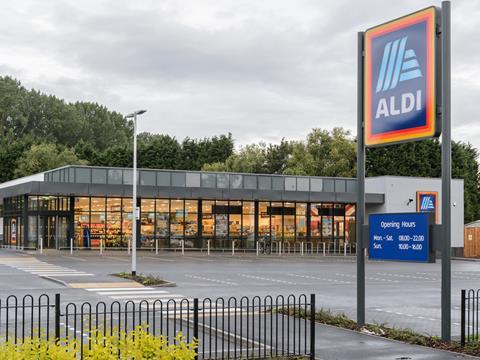
Growth slowdown
Marc Houppermans, executive partner at Discount Retail Consulting, believes both are battling the same current, though Lidl is proving stronger, helped by its loyalty app and differentiating bakeries.
Both had “good times with big inflation on groceries”, peaking at 19.2% CPI for food and soft drinks in March 2023. But the rate was back down to 1.5% by June 2024. It means “people are more confident with their purchases” and happier to return to the traditional big four, which are “also doing more promotions” in discounter price-matching schemes.
Shore Capital analyst Clive Black notes that “Aldi has had much higher sales densities than Lidl for some time – a similar number of outlets, but a notably larger share”.
That’s put Lidl GB in a better position to grow sales from its existing 960-plus stores, and it also points to improvements in its warehouse infrastructure in the past year, which have enabled it to better service stores. Operational excellence sets it up for continued growth, it adds.
For Houppermans, with all the operational excellence in the world, it can only wait so long before “expansion again becomes very important”.
NIQ head of retailer insight Mike Watkins argues the current plateauing of Aldi and Lidl’s combined share growth is “purely down to the very high comparatives” last year.
Nevertheless, “growth for the rest of the year will now be more dependent on new store openings and encouraging more visits to offset some of the higher basket spend gained during the high period of inflation, which has now normalised”.
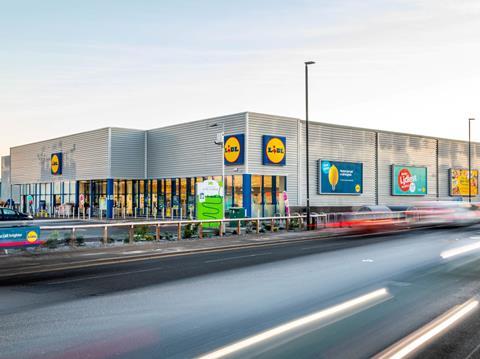
Aldi & Lidl: How growth has slowed in 2024
Value retail challenges
“The value retail channel – B&M, et cetera – has similar challenges,” Watkins adds.
It will not help the variety discounters, with their mixed food and general merchandise ranges, that the latest BRC NIQ Shop Price Index has non-food in 1% deflation in June, in contrast to 2.5% inflation in fmcg.
“And the weather and supply chain disruption can have a bigger impact in this channel than for food retailers,” adds Watkins, since they fulfil a more discretionary shopping mission using far-flung GM suppliers.
Indeed, B&M blamed the like-for-like sales decline in its latest quarter on “unseasonal weather in April and May this year”, as well as “exceptionally strong comparatives” of 9.2% growth in the period a year earlier.
B&M UK grew revenues 1.5% to £1.1bn as it opened 19 stores, taking the estate to 755. Heron Foods, its sister frozen chain, saw 2.7% revenue growth.
Poundland’s recent third quarter 6.9% drop in like-for-likes followed a similar – though not so dramatic – decline in its first half to 31 March, when like-for-like sales were down 0.7%.
In both cases, the retailer blamed the challenges of implementing a new group-level sourcing arrangement through parent Pepco for clothing and general merchandise, a transition that began last September. Poundland had been “addressing the breadth of its new Pepco-sourced clothing and general merchandise ranges”, but the benefit “will not be evident until the new financial year”, said the latest update.
It also reduced its estate by 19 stores to 845, closing underperforming stores.
For Black, while “some individual performance is brand-specific”, there is also a question of maturity at play.
“The discount channel has had plenty of spare space to open into, aided by failures, for example Poundworld [in 2018] and Wilko [last year], but it is maturing, and so robust fascia are starting to come up against each other more often, notably Aldi versus Lidl – with the latter emerging the stronger retailer – but also B&M versus Home Bargains and The Range.
“The Range is a very potent retailer with many fewer stores than B&M. Home Bargains looks the real deal too, helped by being that bit smaller.”
Read more:
-
Does Biotiful tie-up signal a change of direction for Aldi?
-
CMA should investigate Aldi Price Match rather than loyalty
-
Iceland boss Richard Walker takes aim at Aldi and Lidl over ‘restrictive’ land deals
-
Aldi to create 1,000 new store jobs by year end

Following its acquisition by Fortress in April this year, “Poundstretcher could be an interesting addition to the general discount mix in time, too”.
Crucially, these players are still boosting space. Home Bargains’ latest accounts to 30 June 2023 show sales up 10.2% to £3.8bn, operating profit climbed 12.4% to £324m and the estate grew from 572 to 594 stores, boosted by the acquisition of smaller discount chain Quality Save. This year, Home Bargains has opened seven stores in just three months, and is gearing up to launch a new 400,000 sq ft distribution centre in Warrington early in 2025.
It’s a similar story with The Range. With sales up 12% to £1.4bn in the year to 29 January 2023 and over 210 stores, it has opened five under the Wilko fascia since acquiring it from administrators last year. And last weekend, Sky News reported The Range had approached Hilco Capital over the possible acquisition of the bulk of Homebase’s 140 stores.
Farmfoods, too, is on the store opening trail. The Grocer revealed in May it had signed deals to open 24 stores since the start of the year – more than in the past decade. Bringing its new ‘concept’ store format to London is a focus for the family-owned Scottish frozen food chain, after turnover climbed 8.2% to £1bn in 2023.
David Sables, CEO of Sentinel, believes the discount channel will still welcome a “steady stream of new customers” even as inflation eases, because there remains a “slight reluctance” in a “considerable part of the shopper base”, which discounters are breaking down with quality products. Looked at over two years, the joint numbers of Aldi and Lidl are “solid”, he adds.
But Black believes this is a watershed moment: “The discount channel has travelled a long way this century in the UK, but it is demonstrably through its peak growth phase, peak disruption, and so market share momentum. For the big players this means coming to terms with maturity – not always an easy thing to do.”

He’s responsible for covering the discounters and retail property, and for commissioning and editing The Grocer’s analysis features. He has over 20 years' experience as a journalist, during which his by line has appeared regularly in a range of national newspapers.
Follow Steve on Twitter: @Steve_Farrell_ View full Profile







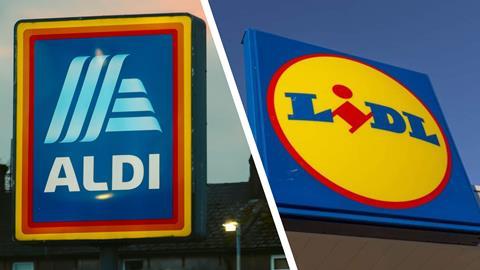


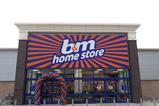




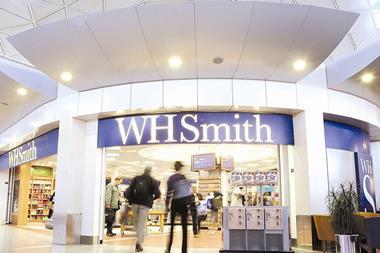
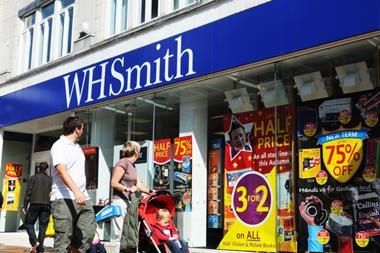







No comments yet